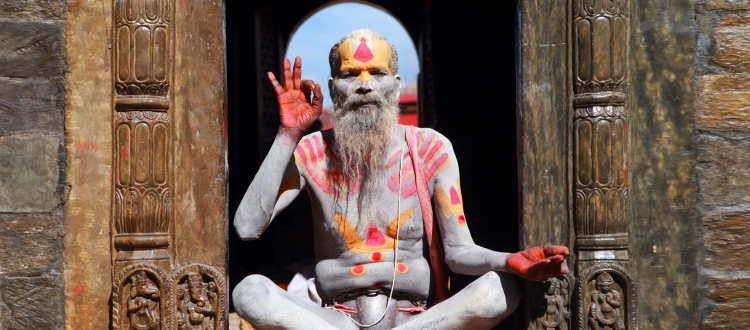About Modern yoga

Modern yoga refers to the exercise, relaxation and self-development techniques wherein posture practice (asanas) is central. They are believed by its practitioners to provide increased strength, flexibility and beauty. In the 21st-century, these techniques have emerged as an academic field of study that "traces its roots in the historic culture of South Asia, more specifically inspired from certain philosophies, teachings and practices of Hinduism", according to Elizabeth De Michelis.






















